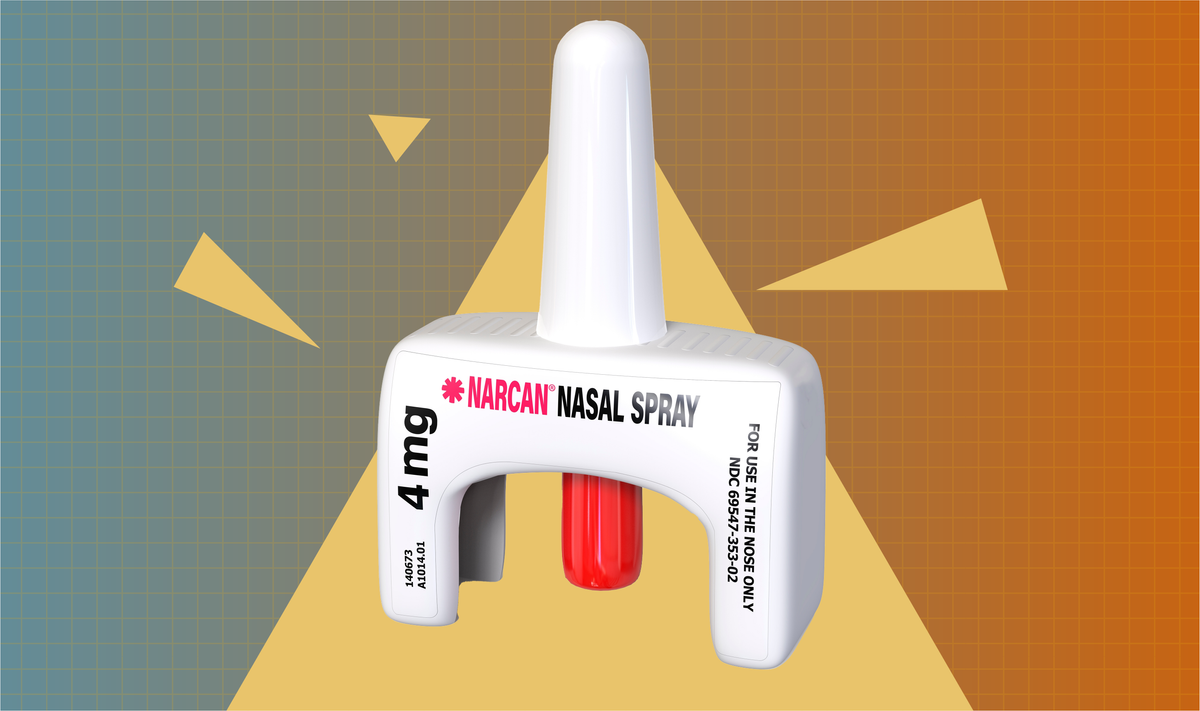Social media users falsely suggest that naloxone enables drug use
Other online discussions repeated false claims about SSPs and stigmatized people with substance use disorder.

Other online discussions repeated false claims about SSPs and stigmatized people with substance use disorder.
This past week, social media users continued responding to a California mayor’s past remarks about solving homelessness by giving unhoused people fentanyl, with some suggesting that unhoused people who use drugs should not receive free naloxone. Other social media posts falsely claimed that syringe services programs do not have benefits and expressed stigmatizing attitudes toward people with substance use disorder and harm reduction tools.
In response, communicators may explain how naloxone can reverse an opioid overdose, highlight the benefits of SSPs, and reiterate that anyone can develop SUD.

Insights brought to you by the reporters and science writers of Public Good News (PGN), a nonprofit newsroom dedicated to improving community health.
What’s trending nationally in conversations about substance use
Conversations about a California mayor continued across platforms this past week after he said in a mid-April interview that he wants to end homelessness in his city by giving unhoused people fentanyl. Some X posts highlighting the controversy received hundreds of thousands of views. While most comments expressed outrage at the mayor’s proposal, some expressed stigmatizing attitudes toward unhoused people who use drugs and harm reduction tools like naloxone, which can reverse an opioid overdose. One read, “Stop providing Narcan, it’s leading to more deaths because they do drugs and think they can just be revived.”
On April 26, a political commentator with more than 650,000 followers on X shared a video accusing the Texas Harm Reduction Alliance of worsening Austin’s “drug and homelessness crisis” by passing out supplies for safer drug use. The X post received approximately 812,000 views, 26,000 likes, 10,000 reposts, and 1,000 comments as of April 30. While some comments explained how offering supplies for safer drug use reduces the spread of infectious diseases, others expressed stigmatizing attitudes toward people who use drugs and falsely claimed that SSPs have no benefits.
Several recent articles and social media posts highlighted a leaked federal budget proposal that would eliminate a $56 million annual grant program that funds the distribution of naloxone to health care providers, health clinics, and first responders, as well as naloxone training for first responders. However, as of April 30, no government agencies have confirmed that the leaked budget proposal is legitimate. Some social media users responding to the news said that the proposal is not final and expressed hope that the naloxone grant program will continue, noting that experts attribute the decline in overdose deaths to the availability of naloxone. Others, however, expressed stigmatizing attitudes toward people with SUD and echoed other circulating myths about naloxone, suggesting that it encourages drug use. One comment on an X post read, “People don’t hesitate or seek help if a temporary solution is at hand.”

Recommendations brought to you by the health communication experts behind Infodemiology.com.
Recommendations for public health professionals
Each week, the Infodemiology.com team will provide messaging recommendations in response to some of the trending narratives outlined above. These helpful tips can be used when creating content, updating web and FAQ pages, and developing strategy for messaging about opioids.
Recent online conversations about opioids repeated last week’s claims that providing free naloxone encourages drug use. In response, communicators may reiterate that naloxone—often sold under the brand name Narcan—reverses an opioid overdose and that experts attribute the recent decline in overdose deaths to the availability of this lifesaving medication. Research shows that naloxone does not increase drug use. Communicators may want to recirculate information outlining the signs of an opioid overdose and explain where people can access naloxone for free through local harm reduction programs or vending machine initiatives. Messaging may note that people can also purchase naloxone at some grocery stores and convenience stores, online, and over the counter at pharmacies. Communicators may emphasize that anyone can carry and administer naloxone and that it is safe to administer even if someone isn’t overdosing or isn’t overdosing on opioids.
Given persistent false claims about SSPs, communicators may explain that SSPs have been shown to reduce the spread of infectious diseases like HIV and hepatitis C, which benefits the whole community. In addition to providing tools for safer drug use, SSPs offer a wide range of other services, including infectious disease testing and treatment, vaccinations, and referrals to care. Communicators may also want to share information about local SSPs and other harm reduction programs, especially those that serve unhoused populations.
Stigma toward people with SUD is persistent in conversations about opioids. Ongoing messaging may emphasize that SUD is a chronic health condition like diabetes or heart disease that can happen to anyone and that harm reduction programs help people with SUD live healthier lives. Ensuring that all materials avoid stigmatizing language when discussing SUD is recommended.
